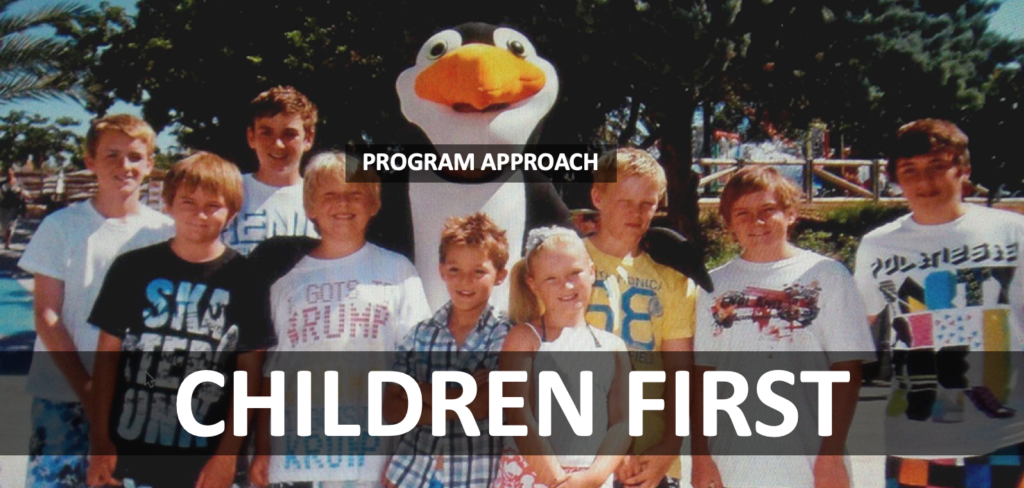INTRODUCTION
The child population is more susceptible to suffering the ravages of poverty and inequality, the lack of opportunities and access to basic services are directly reflected in their fundamental rights. Life is much more difficult for children who live in poverty, in early childhood, migrants who are the citizens where less public money is invested.

124 Million children and adolescents not attending school.2
150 MILLION children live on streets around the world.3
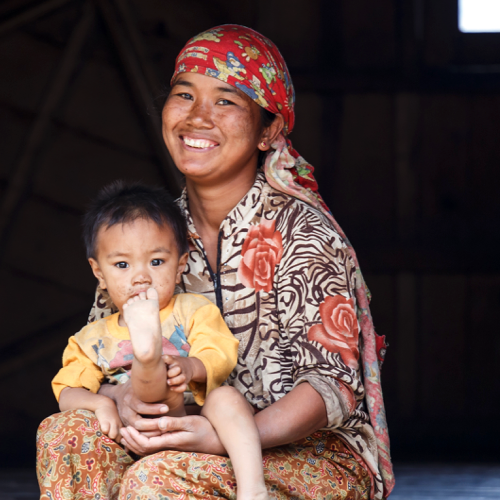
PURPOSE OF THE PROGRAM
Impact society through a long-term program focused on children in situation of vulnerability and their families, using a circular process. Approaching the family with different actions with the same end objective, providing short time benefits that motivates them to be part of it in a long-term.
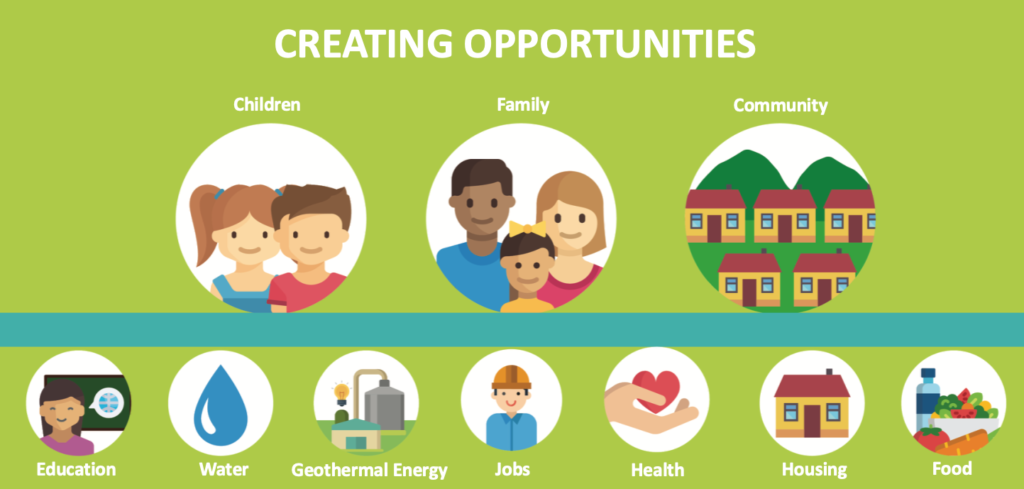
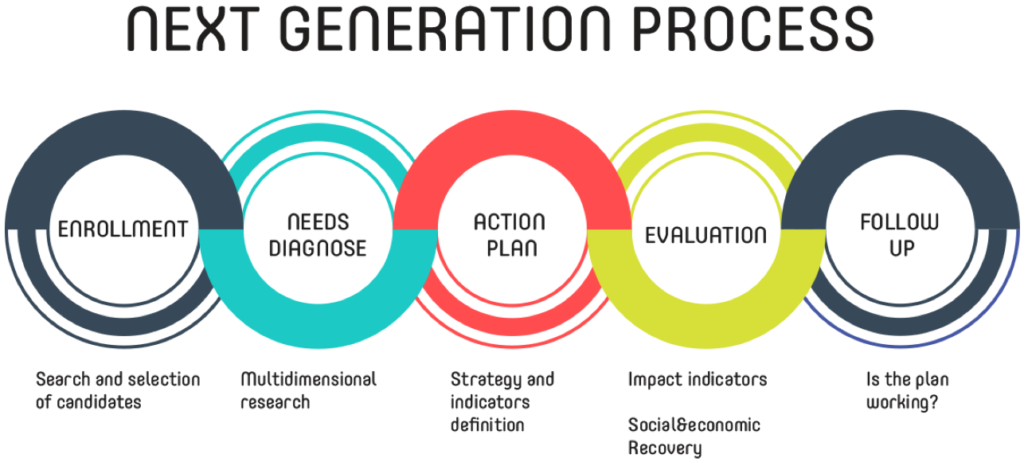
1. ENROLLMENT
- Candidate search
- Candidate selection
- Establish contact with candidates
- Formalization of cooperation agreement
2. NEEDS DIAGNOSIS
- Evaluate actual condition
- Multidimensional research
Family environment
Public services access
Socio-economic study
Medical assessment
Psichology assessment - Establish contact with candidates
- Formalization of cooperation agreement
- Definition of problems to solve
3. ACTION PLAN
- Definition of intervention program according to child and family needs
- Definition of indicators in terms of the development of the child and his family
- Definition of metric according to the social and economic ROI
4. EVALUATION
- Periodic evaluation according to the indicators and metric previously established
Impact indicators
Social and economic recovery - Definition of indicators in terms of the development of the child and his family
- Definition of metric according to the social and economic ROI
5. FOLLOW UP PROGRESS
- Through technology, according to the theory of change and chains of results from the World Bank.
Process
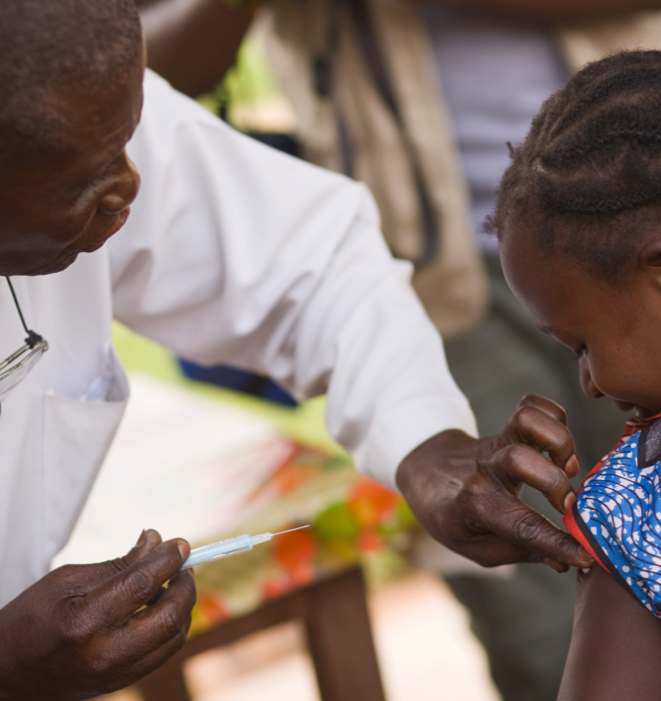
2. EDUCATION (Children and family)
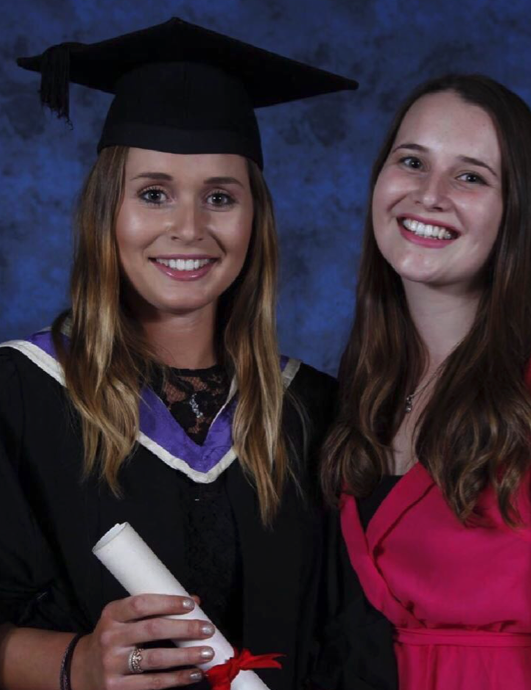
a. Make sure that children have formal education.
b. Identify education needs and provide solutions.
c. Talent lab:
Implement mechanisms to identify talents.
Design and implement talent development programs.
d. Vocational training for parents:
Clothes making
Farming
Manufacture
Carpentry
Jobs related with the economic activities of the intervention zone.
e. Non-violence formation programs:
Anger management workshops
How to identify and deal with bullying
Gender violence workshops.
f.Sexual education
g.Nutritional education
h.Values education
i.Family
ii.Life
iii.Non-corruption
iv.Community collaboration
i.Arts
i.Art appreciation workshop
ii.Workshops of plastic arts for the whole family
iii.Carfts design workshops
j.Sports
k.Healthcare
i.Preventive health
ii.Brigades Self-care
l.Emotional intelligence
i.Community seminars
ii.Group supports
iii.Mental health
3. COOPERATIVE PROGRAMS
a.Local productive programs
i.Jobs creation: refers to projects financed by the foundation in which activities are coordinated by our personnel. People are provided with formal jobs by the same community and the complete value chain of the process, (manufacture, supervision, sales) takes place.
ii.Use local resources according to each region
i.identify local resources that can be used.
ii.involve local companies NGOs and government to provide resources.
a.Collaborative programs
i.Cooperative
i.Clothing
ii.Agriculture,
a.self-producing,
b.Hydroponic technology “in-city”
iii.Food
iv.Carpentering
v.Others
ii.Home jobs
c.Community programs
i.Park rescue and maintenance, (citizens, government, companies)
ii.For a happy childhood and other ludic activities (puppets, child reckoning, theater plays)
iii.Community neighborhood cleaning
iv.Waste management
v.Sports
i.Involve sports talented children in regional, national and internationals tournaments.
ii.Enable sports facilities of the community and schools.
iii.To involve parents in sports activities of their children.
iv.Familiar tournaments
a.Soccer
b.Basketball
v.Famous sports players seminars
vi.Arts
i.Art in the park
ii.NGP artists presentations
iii.Itinerant exhibitions
iv.Community plastic arts for the city
v.Storytelling for families
vi.Interventions of plastic artists in the neighbourhood
d. Collaborative economic platform: A type of “Uber” App where people can buy and offer special services promoting the empowerment of technical professionals and their financial independence.

4. PERMANENT REQUIREMENTS “BE PART OF”:
a.Voluntary programs; people give time of their own to help others.
b.Collaborative programs; group activities.
c.Community programs; community impact activities.
d.Educational programs; (formal education, vocational training, values programs).
b.Credits
i.Low interest, long term, this with the purpose of avoiding due payment, and encouraging mechanism to provide credits to people that accomplish established goals for a quick development of their families,
c.Geothermal Energy supply; provide energy coming from geothermal production to NGP neighborhoods, low cost and clean energy.
i.Make NGP neighborhoods become a qualified user for legal energy receiving.
ii.In areas where apply, provide energy as a self-consumption format, where geothermal technology is implemented in the same neighborhood.
d.Salary; provide formal employment in special conditions to program participants in any part of the program value chain.
e.Scholarships for formal education: cash, school’s material (books, backpacks, pens, etc.), tuition payments where needed.
f.Part time jobs – full time paid; identify special characteristics from beneficiaries as an example: single parent family, where they can have a part time job with a full-time payment to encourage parents to spend more time with their children.
i.Child care included
ii.Inhouse training
g.Water
h.Food

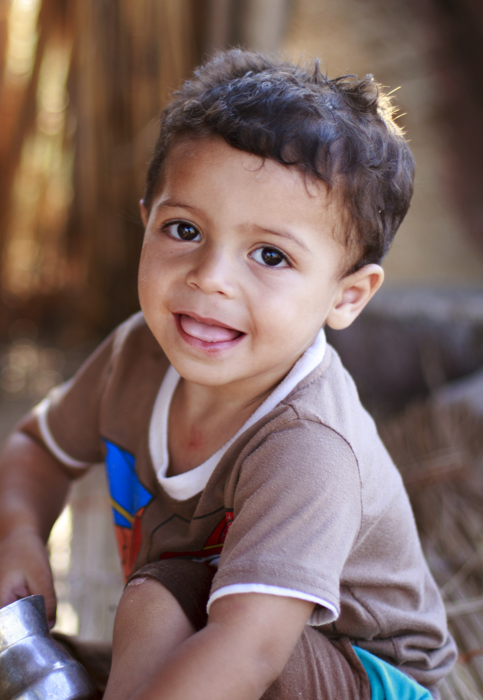
6. NOTES
a.Generalities
i.Facilities
ii.Permits
iii.Land donation
b.Community involvement
i.Co-responsibility
ii.Voluntaries
iii.Formal foundation jobs promotors in other communities
c.Other non-profit organizations; look and incorporate non-profit organizations, that have been shown results over the years with expertise in different areas, for experience and knowledge transfer.
d.Other companies: promote with other companies Social Responsibility and develop sponsorship programs to those companies to enhance social responsibility participation.
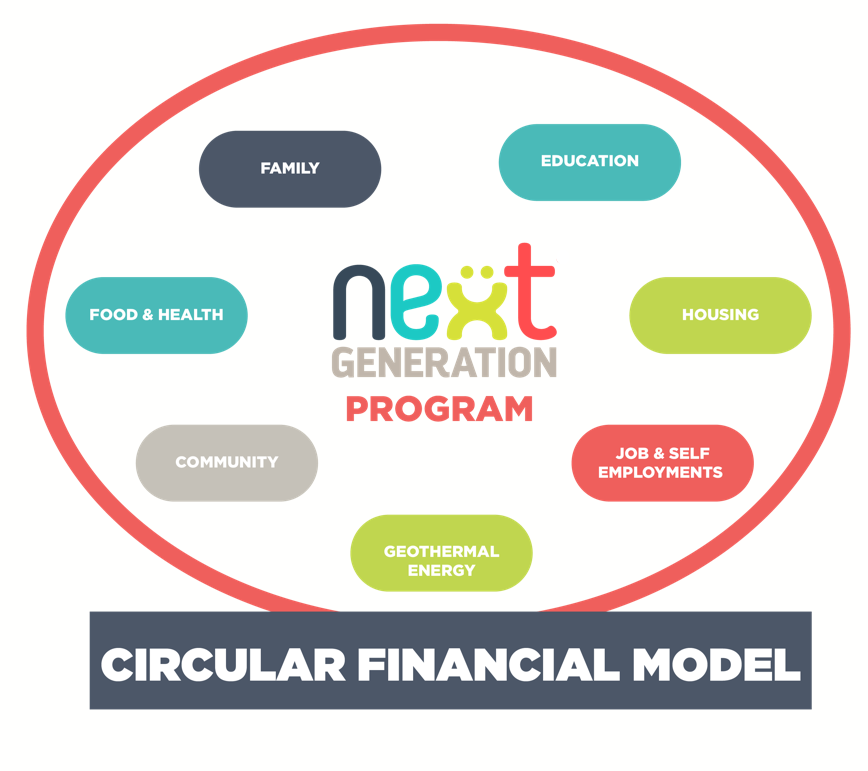
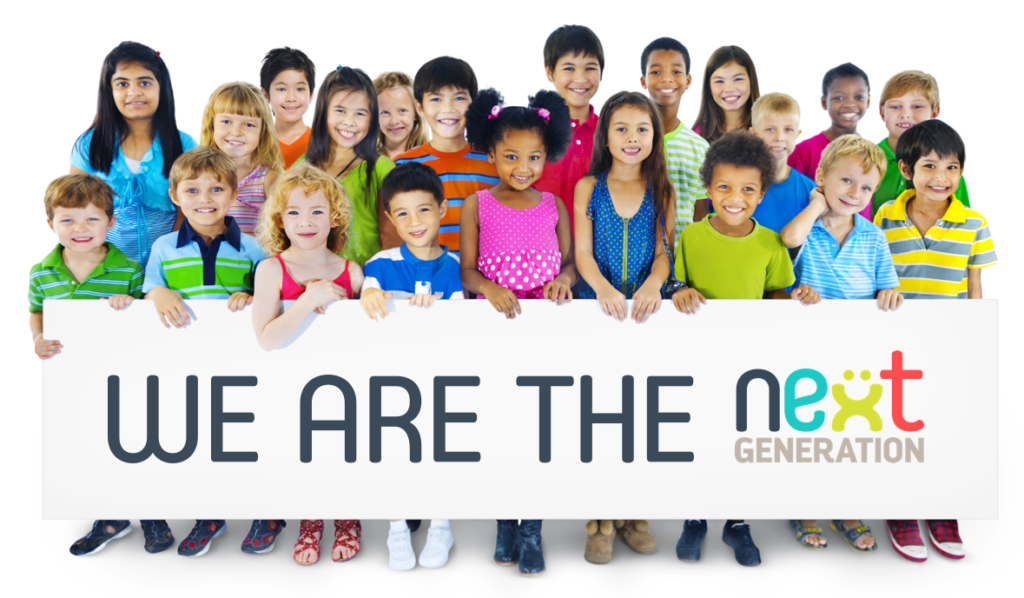
To the members of the MIT community:
Last November, President Reif issued a call to action for the world — especially MIT:
“Automation will transform our work, our lives, our society. Whether the outcome is inclusive or exclusive, fair or laissez-faire, is up to us. Getting this right is among the most important and inspiring challenges of our time — and it should be a priority for everyone who hopes to enjoy the benefits of a society that’s healthy and stable, because it offers opportunity for all. In this work, those of us leading and benefiting from the technology revolution must help lead the way.”
Today, I am pleased to announce the MIT Task Force on the Work of the Future.
With a team of more than 20 researchers, this new effort capitalizes on the distinctive strengths of the MIT community, bringing together pioneering technologists of every stripe with world-class experts in labor economics, political science, history, anthropology, urban planning, management and the science of how people learn. As we have invited faculty to join the Task Force, the response has been overwhelming; this societal challenge is attracting a remarkable team. A list of members appears at the foot of this letter.
Task Force members will work with outside leaders from across the country and around the world who represent industry, government, labor, education and the nonprofit sector, as well as with representatives from regions across the nation, including those that have been hardest hit by technological transformation. Together, they will tackle three questions:
How are emerging technologies transforming the nature of human work and the skills that enable people to thrive in the digital economy?
How can we shape and catalyze technological innovation to complement and augment human potential?
And how can our civic institutions — existing and new — ensure that the gains from these emerging innovations contribute to equality of opportunity, social inclusion and shared prosperity?
Researchers across MIT work every day to shape technologies that will shape the work of tomorrow, from robotics, machine learning and 3-D printing to augmented reality. Also of great relevance is the MIT Intelligence Quest, our newly announced effort to explore the frontiers and intersections of human and machine intelligence and to speed the development of customized AI tools that will advance research in every domain.
By design, our work in all these fields challenges conventional approaches. Left to market forces alone, the technologies we develop could also serve to increase inequality of incomes — and outcomes. The MIT Task Force on the Work of the Future takes as a guiding premise that addressing the social and human implications of technology should not be an afterthought, but instead should be a first concern that pervades how we design, innovate and take our ideas to market, as well as what we teach our students, the technologists of tomorrow.
Past MIT reports have helped government leaders shape new policies and have inspired new inventions, in fields from energy to advanced manufacturing. We aim for findings and recommendations of similar scope and influence, both here and abroad, as we seek ways to shape technology to achieve a better world for all. Because these topics are already of great public concern, we also intend for the Task Force to help inform the national conversation.
As Task Force members begin their work, I extend our deep appreciation to Professors David Mindell and David Autor, and Dr. Elisabeth Reynolds, who will lead this effort. I also want to thank the hundreds of members of our community who responded to President Reif’s letter on the future of work last fall. As we turn our attention to shaping the work of the future, we hope that — through field research as well as seminars, practicums, conferences and speaker series — all interested members of the MIT community can engage in our shared effort to invent a better future.
Sincerely,
Marty Schmidt
* * *
MIT Task Force on the Work of the Future
Chairs
Professor David Autor Economics; Associate Head, Economics
Professor David Mindell, Aeronautics and Astronautics; Technology and Society
Executive Director:
Dr. Elisabeth Reynolds, Executive Director, Industrial Performance Center
Task Force Members:
Professor Suzanne Berger, Political Science
Professor Erik Brynjolfsson, MIT Sloan; Director, MIT Initiative on the Digital EconomyProfessor John Gabrieli, Brain and Cognitive Sciences
Professor John Hart, Director, Laboratory for Manufacturing and Productivity
Professor Yasheng Huang, MIT Sloan
Professor Jason Jackson, Urban Studies and Planning
Professor Thomas Kochan, MIT Sloan; Co-Director, MIT Sloan Institute
Professor John Leonard, Mechanical Engineering
Professor Paul Osterman, MIT Sloan; Co-Director, MIT Sloan Institute
Professor Iyad Rahwan, MIT Media Lab
Professor Daniela Rus, Electrical Engineering and Computer Science; Director, CSAIL
Vice President for Open Learning Sanjay Sarma, Mechanical Engineering
Professor Julie Shah, Aeronautics and Astronautics
Professor Tavneet Suri, MIT Sloan
Professor Kathleen Thelen, Political Science
Professor Catherine Turco, MIT Sloan
Professor John Van Reenen, MIT Sloan
Professor Christine Walley, Anthropology
MASSACHUSETTS INSTITUTE OF TECHNOLOGY


